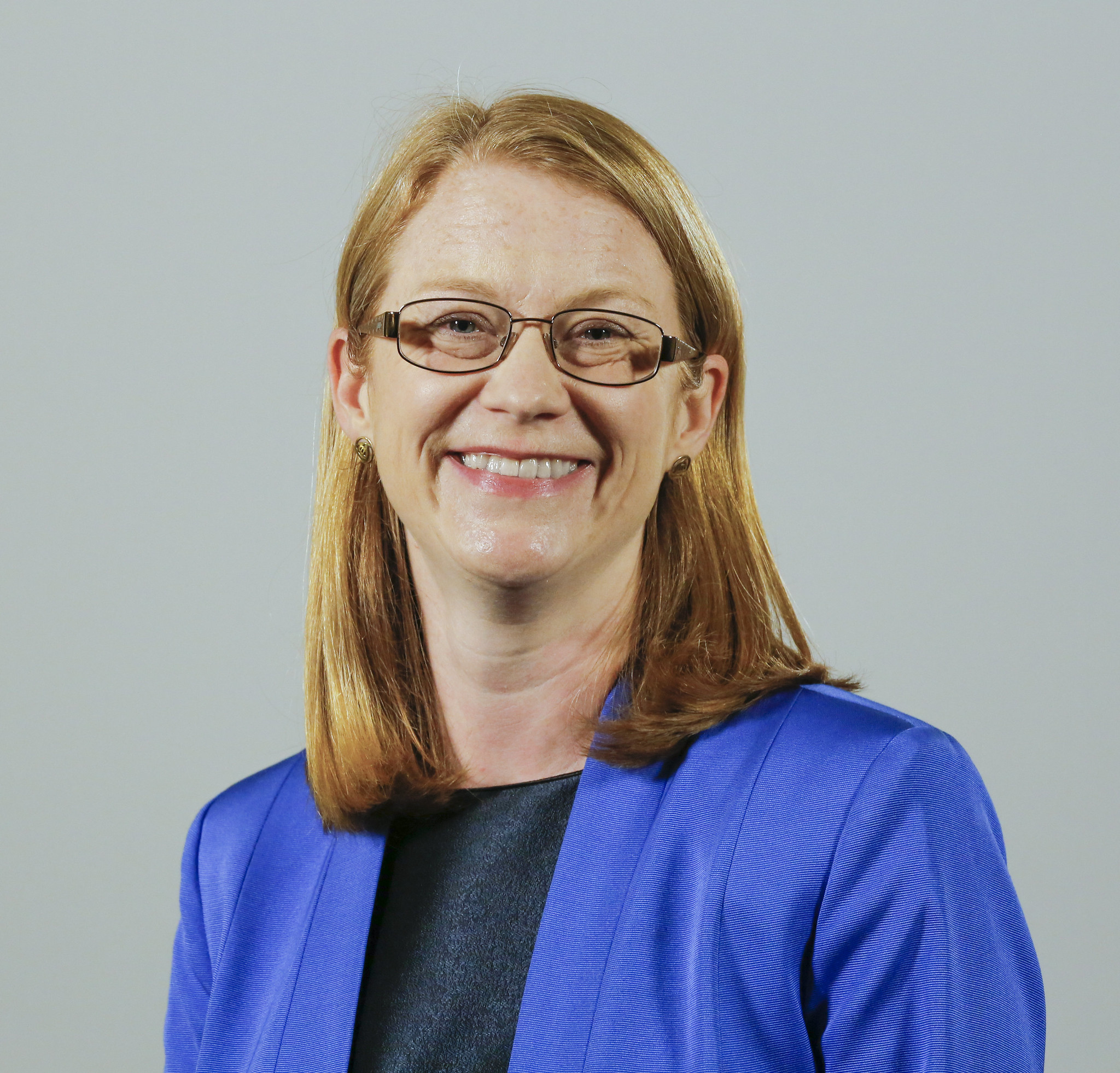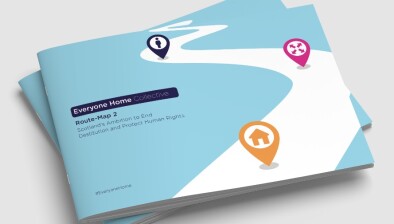Shirley-Anne Somerville: Designing a benefit service with those who will use it
As the Scottish Government share details of what its new disability benefits will look and feel like for those who interact with the new benefit system, cabinet secretary for social security and older people Shirley-Anne Somerville explains how a series of policy position papers will set out the journey from application right through to the appeal process.

Shirley-Anne Somerville
Something that permeates through all our plans is the input of people across the country. This includes input from our Experience Panel, a group of volunteers who have interacted with the existing UK benefit system, and input from people who may not have applied for benefits before.
We are involving people every step of the way so that we deliver a markedly different benefit system. One that makes people feel that they have been treated with dignity, fairness and respect.
Key to achieving this is to demystify benefits. We want people to understand from the outset that a benefit is for them. This all starts with the name.
Finding a clear, easy to understand name that resonates with people from a wide range of backgrounds, who may have a huge variety of disabilities or health conditions, isn’t easy.
We worked through a number of options with people who will use this service and took views from stakeholders.
It isn’t possible to get across all the factors that impact on eligibility in a few words. I think those involved have done a great job though in coming up with names.
I am pleased to announce that our three main forms of disability assistance will be named Child Disability Payment, Adult Disability Payment and Pension Age Disability Payment.
These new benefits will replace Disability Living Allowance for Children, Personal Independence Payment and Attendance Allowance respectively.
I feel that the names of our benefits are a big improvement on these abstract names that so often become acronyms that are meaningless to people who have never accessed benefits before.
I hope the time and investment that we have made into getting these names right enables even more people to realise this support is for them and that they apply.
Making sure our system is clear and easy to navigate doesn’t stop with the names. We’ve taken the same approach – working with people to design our service – with every aspect of our service, from the words and format of application forms right through to the training we provide to staff.
I look forward to sharing more details on the system that people have helped us build when we publish our disability assistance position papers.








